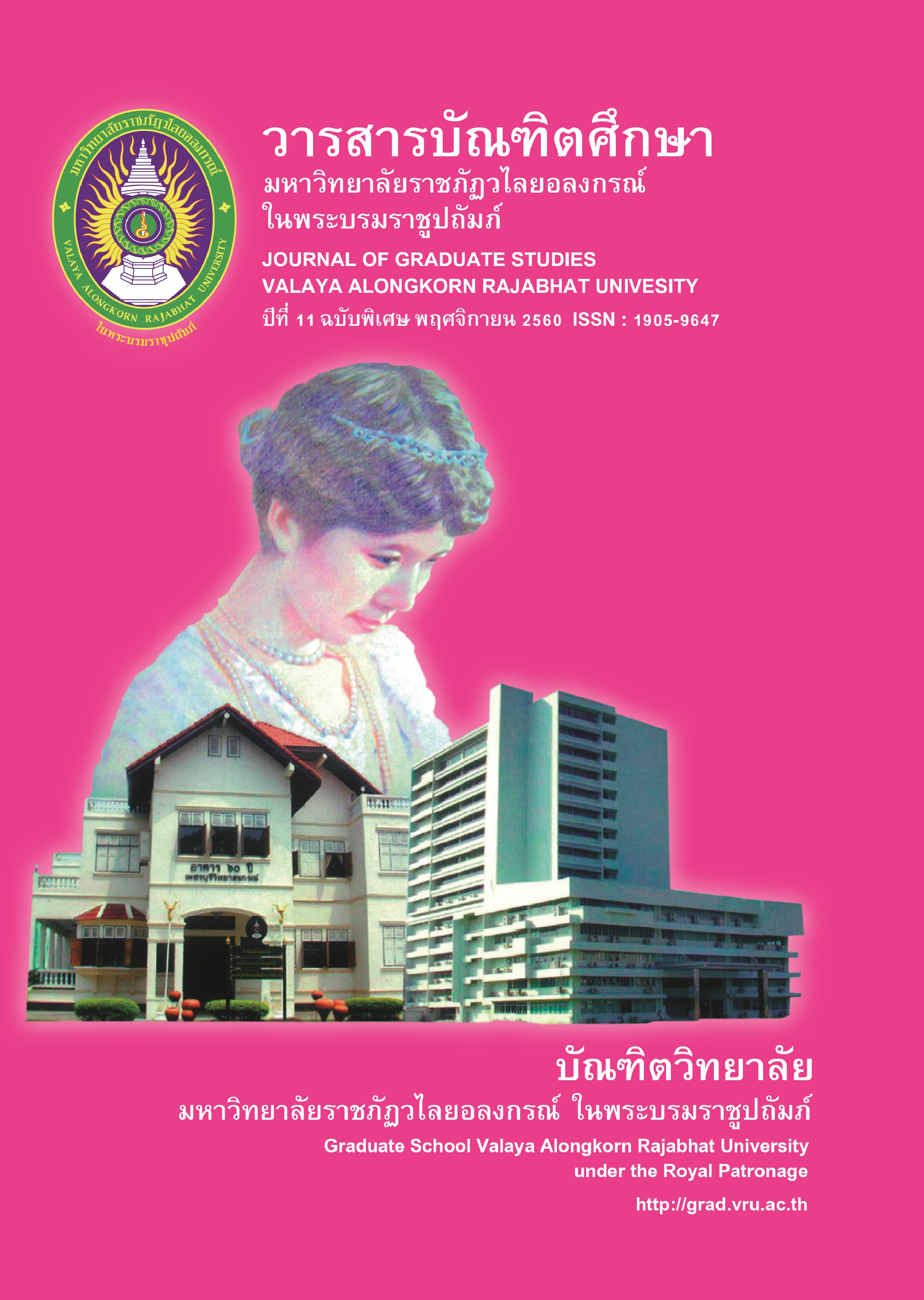EVALUATION OF ABILITY ESTIMATES UNDER BI-FACTOR TESTLET MODEL
Main Article Content
Abstract
ABSTRACT
When a test is composed of testlets, such as items associated with common reading passages, a bi-factor testlet model has been proven to be effective in item-level test data analysis, as well as estimation of abilities. The objective of this study was to investigate the quality of ability estimates under some bi-factor testlet model specifications by focusing on the correlations between testlet factors though a simulation study and real data set. We focused on two models; (a) a conventional two-parameter bi-factor testlet model with zero correlations between factors, and (b) a modified two-parameter bi-factor model with freely estimated covariances between testlet factors. The results showed that the correlations between general factor and testlet factors were all positive. However, the correlations between testlet factors were all negative. Results from the analysis of the real data displayed similar patterns to the simulated data analysis.
บทคัดย่อ
โมเดลไบแฟคเตอร์เทสเลทมีความเหมาะสมในการวิเคราะห์ข้อมูลรวมถึงมีความเหมาะสมในการประมาณค่าเมื่อแบบทดสอบเป็นแบบเทสเลทตัวอย่างเช่นแบบทดสอบแบบบทความที่มีข้อคำถามที่เกี่ยวข้องภายใต้บทความนั้นๆ ความสามารถ การศึกษาในครั้งนี้มีวัตถุประสงค์เพื่อตรวจสอบคุณภาพการประมาณค่าความสามารถของโมเดลไบแฟคเตอร์เทสเลทโดยมุ่งเน้นที่ความสัมพันธ์ระหว่างเทสเลทแฟคเตอร์ผ่านการจำลองข้อมูลและข้อมูลจริง โมเดลหลักในการตรวจสอบคือ (1) โมเดลไบแฟคเตอร์เทสเลท 2 พารามิเตอร์แบบดั้งเดิมที่ความสัมพันธ์ระหว่างแฟคเตอร์เป็นศูนย์ (2) โมเดลไบแฟคเตอร์เทสเลท 2 พารามิเตอร์แบบประยุกต์ที่ความสัมพันธ์ระหว่างแฟคเตอร์ไม่เป็นศูนย์ ผลการศึกษาพบว่าค่าความสัมพันธ์ระหว่างแฟคเตอร์หลักและเทสเลทแฟคเตอร์เป็นบวกทั้งหมดในขณะที่ค่าความสัมพันธ์ระหว่างเทสเลทแฟคเตอร์และเทสเลทแฟคเตอร์เป็นลบทั้งหมด นอกจากนี้ผลการวิเคราะห์ข้อมูลจริงสอดคล้องกับผลการวิเคราะห์ข้อมูลจำลอง
Article Details

This work is licensed under a Creative Commons Attribution-NonCommercial-NoDerivatives 4.0 International License.
บทความทุกเรื่องได้รับการตรวจความถูกต้องทางวิชาการโดยผู้ทรงคุณวุฒิ ทรรศนะและข้อคิดเห็นในบทความ Journal of Global of Perspectives in Humanities and Social Sciences (J-GPHSS) มิใช่เป็นทรรศนะและความคิดของผู้จัดทำจึงมิใช่ความรับผิดชอบของบัณฑิตวิทยาลัย มหาวิทยาลัยราชภัฏวไลยอลงกรณ์ ในพระบรมราชูปถัมภ์ กองบรรณาธิการไม่สงวนสิทธิ์การคัดลอก แต่ให้อ้างอิงแหล่งที่มา
References
DeMars, C. E. (2006). Application of the bi-factor multidimensional itemresponse theory model to testlet-based tests. Journal of Educational Measurement, 43(2), 145-168.
Li, Y., Bolt, D. M., & Fu, J. (2005). A test characteristic curve linkingmethod for the testlet model. Applied Psychological Measurement, 29(5), 340-356.
Li, Y., Bolt, D. M., & Fu, J. (2006). A comparison of alternative models fortestlets. Applied Psychological Measurement, 30(3), 3-21.


